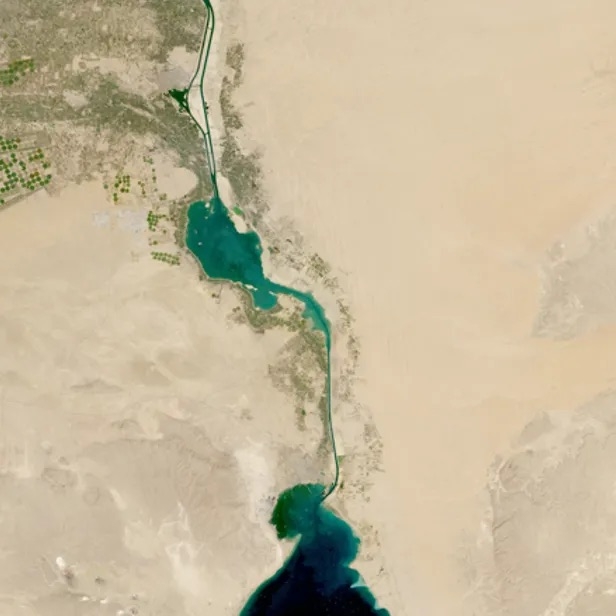IMPACT will soon be working with IBM to implement powerful, new artificial intelligence (AI) technology called foundation models to identify and extract information from NASA’s Earth-observing satellite data and improve data discoverability and usability. Foundation models represent a new paradigm of creating AI systems that implicitly capture domain knowledge by training the models on large, unlabeled datasets. This learning technique promotes homogenization of AI modeling in the sense that the foundation models can be readily adapted to create state-of-the-art, task-specific models that are typically created with large amounts of labeled data. In this collaborative work they will be used in a variety of data analysis tasks. IMPACT has a history of exploring early versions of this paradigm, including the construction of BERT-E, a natural language processing (NLP) model for Earth science content.
IMPACT plans to deploy foundation models in multiple projects that will include further applications of NLP modeling as well as model training with NASA’s Harmonized Landsat Sentinel-2 (HLS) datasets.

The public-private partnership between IBM and IMPACT is governed by a Space Act Agreement and is designed to accelerate innovation in AI applications. More information about the partnership and its goals can be found in IBM’s press release and on NASA’s Earthdata website.
For more information on IMPACT, check out the IMPACT web page.
image

